Bu yıl 15.kez düzenlenen Ayvalık Zeytin Hasadı Günleri de sona erdi. Geçen yıl bu etkinliğe davetli olarak ben de katılmıştım. Bu yıl ilk kez festival adı altında düzenlendi. Katıldığım en keyifli faaliyetlerden biri de zeytinyağı tadım inceliklerinin anlatıldığı zeytinyağı tadım etkinliğiydi. Biraz ülkemizde zeytinin yerinden bahsedeyim.
Balıkesir’de yaklaşık 11 milyon zeytin ağacı bulunuyor. Bunun 2 milyon kadarı ise Ayvalık’ta. Ülkemizde kişi başı yıllık zeytinyağı tüketimi son verilere göre 700 gramdan 2 kilograma çıkmış. Aynı veri Almanya’da 5 kilogram ancak orada hiç zeytin ağacı bulunmuyor. Demek ki hala tüketim potansiyelimiz yüksek. Ayvalık zeytinyağı coğrafi işareti Ayvalık Ticaret Odası tarafından 2006’da Türk Patent Enstitüsü’nden alınmış. Bu işaret Avrupa kapsamında geçerli. Coğrafi işaret hologramını alabilmek için gelen zeytinyağları ATO bünyesindeki laboratuarda kimyasal ve duyusal analizlere girmektedir. Beklenti ise dünya çapında geçerli işarete geçilmesi.
Zeytin ağacı kutsal ve ölümsüz kabul ediliyor. Tufandan sonra Nuh’un gemisine ağzında zeytin dalıyla dönen güvercin ümidin simgesi olmuş. Zeytinyağı ise zeytin meyvesinin suyu. Oleuropein, zeytin ağacının canlı kalmasını sağlayan, insan vücuduna faydalı bir madde. En fazla zeytin yaprağında bulunan bu madde, aktif bir antioksidan ve zeytinin uzun yaşamasına yardımcı oluyor.
Zeytinyağı üretimine yakından bakacak olursak zeytindeki bileşenleri oksijen, ısı ve sudan korumak önemli. Zeytinin yere dökülerek toplanması, zeytine zarar verdiği için elle toplanmalıdır. Zeytin, hava ile temas ettikçe asidite oluşmaya başlar. 0,8 dizemin üstündeki yağlar kusurlu kabul edilir ve en iyi kalite olamazlar. Taş baskı olarak bilinen hidrolik sistemde zeytin oksidasyona maruz kaldığı için günümüz kalite teknolojisine uygun değil.
Zeytinyağının üretim aşamalarının ilki yıkama ve ayıklama. İkinci aşama kırma. Sonraki aşama ise malaksasyon (yoğurma). Soğuk sıkım zeytinyağı, zeytinin malaksörde 27 °C ve altında sıkılmasıyla oluşur. Bundan sonra ise dekantasyon aşaması geliyor. Santrifüj aşamasında ise hamur ayrıştırılır. Klasik veya modern sistemle yapılan bu ayrıştırmanın modern versiyonunda iki veya üç fazlı olmak üzere iki yöntem kullanılır. İki fazlı sistem çevreye daha duyarlı. Pirina ve karasu birlikte çıkıyor, zeytinyağı ayrışıyor. İki fazlı dekantörlerde su kullanılmaz ve karasuyun tek başına ayrışması engellenir. 3 fazlı üretimde, dekantöre su ilave edilir ve bu su zeytin özsuyunun bir kısmını da alarak sistemi karasu olarak terk eder. İki fazlı sisteme kıyasla çok daha fazla atık yaratır. Çıkan zeytinyağının uygun koşullarda saklanması önemli. Aksi halde ransit yani oksijenle temas etmiş hale gelir ve kusurlu yağa dönüşür. Zeytinyağının kalitesini belirlemede 20-25 tane ölçüt var. Asidin düşük olması önemli bir faktör ama tek başına yeterli değil. Kriterlerin yeterli olmaması durumunda yağın kalitesi hemen geriler.
Zeytinyağı çeşitleri üç başlık altında toplanıyor:
1. Natürel Zeytinyağı: Kusursuz, elde edilmek istenen yağ çeşidi. İki alt türü var: Natürel sızma ve natürel birinci. Natürel sızmanın asitlik derecesi en fazla %0,8 olmalı. Natürel birincide ise asitlik derecesi en çok %2 olmalıdır.
2. Rafine Zeytinyağı: Asitlik derecesi en fazla %0,3 olan, kızartma yağı olarak da biline yağ çeşididir.
3. Riviera Zeytinyağı: Rafine zeytinyağı ile natürel zeytinyağlarının karışımından oluşur. Asitlik derecesi en çok %1,5 tur.
Zeytinyağı serin, karanlık ortamda ve cam şişede saklanmalıdır. Uygun saklama koşullarında raf ömrü 2 yıla dek uzayabilir.
Natürel zeytinyağının organoleptik (duyusal) değerlendirilmesi.
Duyusal değerlendirmede analiz sonuçlarına 1-6 arasında şiddet derecesi atanıyor. Değerlendirmenin iki bölümü var. İlki aroma; uçucu bileşenler burun yolu ile algılanıyor. İlk hissedilen aşama bu. Diğeri lezzet, uçucu olmayan bileşenlerin tat yoluyla algılanması. Önce geniz ve ağız boşluğunda sonra damakta hissediliyor. Değerlendirme Standartları Uluslararası Zeytin Konseyi’nin internet sitesinde var. Tadımcının konsantrasyonu, yorgunluk düzeyi, konuya hâkim oluşu önemli faktörler. Tadım kabı ısıtılarak tadım yapılır. Tat, en iyi 28 °C de algılanıyor. Koklama süresi 30 saniye olmalı. 3 ml. kadar yağ ağza alınır. Tıpkı şarap tadımında olduğu gibi ağız hafif aralanarak içeri hava çekilir. Taze meyvemsi tat, hafif acılık, yeşil yaprak kokusu olumlu tatlara; rutubet, küf, sirke, şarap, çamur, metal tatları ise olumsuz tatlara örnek olarak verilebilir. Saklama koşulları nedeniyle zeytinyağında posa birikmesi olabilir. Bu da çamur tadına neden olur. Eğer kokladığınızda ekşilik hissediyorsanız birbirine değen zeytinler baskı ortamına maruz kaldıkları için fermente olmaya başlamıştır. Kızışmışlık olarak da nitelendirilir. Ransit bir yağda ise boya kokusu gelir. #KanGurular Erşen T.
Ayvalık Olive Harvest Days arranged 15th time finished this year. I also joined to this event last year. This year it has arranged first time as festival. One of the most enjoyable events I have joined was olive oil tasting event. I want to talk about the place of olive in our country.
There are about 11 million olive trees in Balıkesir. 2 million of them is in Ayvalık. Yearly olive oil consumption per person has risen from 700 grams to two kilos according to last data. The same data is 5 kilos for Germany but there are no olive tree that country. So, our consumption potential is still high. Ayvalık olive oil geographical indication has taken from Turkish Patent and Trademark Office by Ayvalık Chamber of Commerce (ACC) in 2006. This indication is valid across Europe. The expectation is transfer to the indicator valid for worldwide. Olive oils are subject to chemical and sensual analysis in the laboratory in the body of ACC to gain the geographical indication hologram.
Olive tree accepts as holy and immortal. The dove came back to Noah’s ship with an olive branch in its mouth after the flood become the symbol of hope. Olive oil is the juice of olive fruit. Oleuropein is a substance providing the olive tree remaining alive, useful for human body. This substance, found in olive leaf mostly is an active anti-oxidant and helps the olive for living long.
Let’s take a closer view to olive oil production. It is important to protect the components in the olive from oxygen, heat and water. Collecting olive by pouring to the ground harmful for it. It should be pick up by hand. When the olive contact with air, it starts to be acidity. If the acidity rate is higher than 0,8 of olive oil, these kinds of oils accepted as defective and they can not be best quality. Due to olive expose to oxidation in hydraulic system known as stone press, it is not appropriate for modern quality technology.
The first phase of production of olive oil is washing and picking. Second phase is breakage. Next phase is malaxation. Cold press olive oil occurs that olive press in malaxator at 27°C and below it. After that decantation phase is coming. The dough decomposed in centrifuge phase. This decomposition makes classic or modern method. There are two methods known as two or three phase used in modern version of decomposition. The system with two phase is more sensitive to environment. Olive pomace and olive oil occurs together. Black water is decomposing. Water not used in two-phase separators and decomposition of water alone prevented. Water adds to decantor and this water leaves the system as black water also taking some of juice of olive in three-phase production. It creates much more waste than two-phase system. It is important to keep the olive oil in suitable conditions. Otherwise, it becomes as rancid meaning that contacted with oxygen and transform to defective olive oil. There are 20-25 criterion to determine the quality of olive oil. Being low acidity is an important factor but not enough alone. If the criteria are not enough, the quality of olive oil decreases immediately.
Olive oil kinds summarizes in three titles:
1. Natural Olive Oil: Perfect oil kind that wants to acquired. There are two subtypes: Natural extra virgin and natural first. Acidity degree of extra virgin should be %0,8 maximum. Acidity degree of natural first should be %2 maximum.
2. Refined Olive Oil: Its acidity rate is %0,3 maximum and known as fry oil.
3. Riviera Olive Oil: It composes from mixture of natural and refined olive oils. Its acidity degree is %1,5 maximum.
Olive oil should be keep in cool, dark atmosphere and in glass bottle. Its shelf life could be extend until two years.
Organoleptic evaluation of natural olive oil;
Intensity degree between one and six appoints to the analysis results in organoleptic evaluation. There are two parts of evaluation. First one is fragrance volatile components feel via nose. This is the firstly feeling phase. The other one is taste; feel the non-volatile components via taste. It feels at nasal passage and mouth cavity then on the palate. You can find the evaluation standards in web site of International Olive Council.
Concentration of taste-tester, tiredness level, domination to the subject are important factors. Tasting makes by heating the tester cup. The taste is feeling best at 28°C. Smelling time should be 30 seconds. 3 ml. volume oil sips. Mouth opens-out and inhales some air like as in wine tasting. Fresh fruity taste, light bitterness, smell of green leaf can give examples for positive tastes. Moisture, mould, vinegar, wine, mud, metallic tastes are some negative tastes. Because of keeping conditions, it might be pulp accumulation in olive oil. This causes the taste of mud. If you smell sourness, olives touching together have exposed to pressure and start to fermented. It describes also as “kızışma”. You feel paint fragrance in a rancid oil. #KanGurular
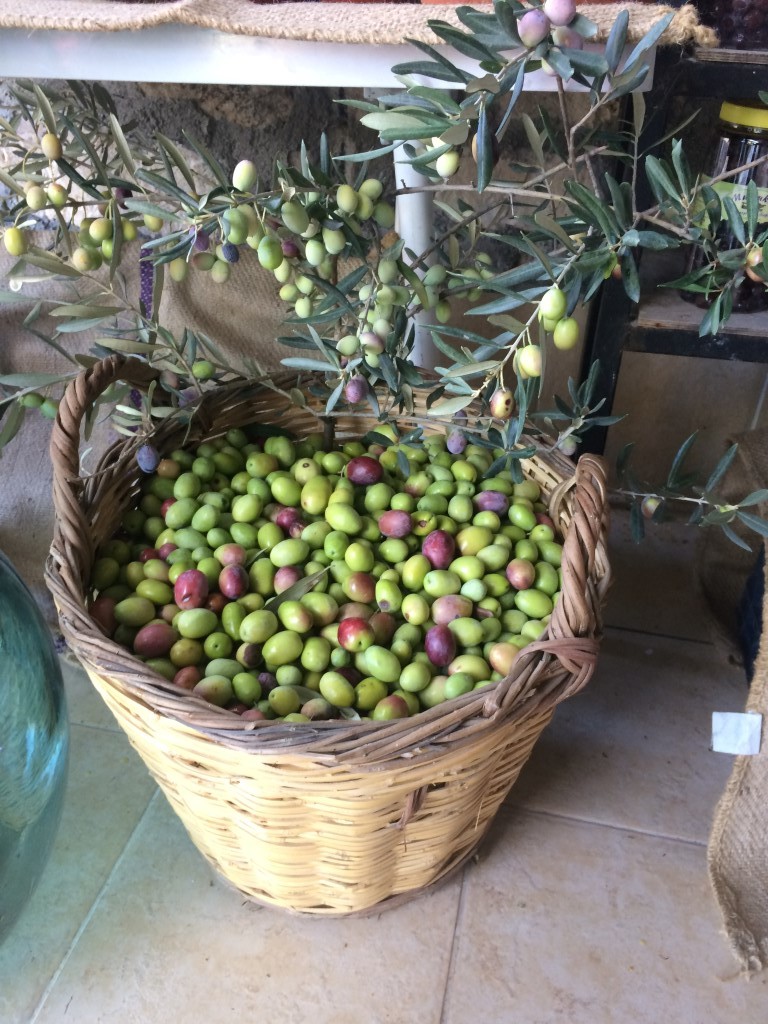

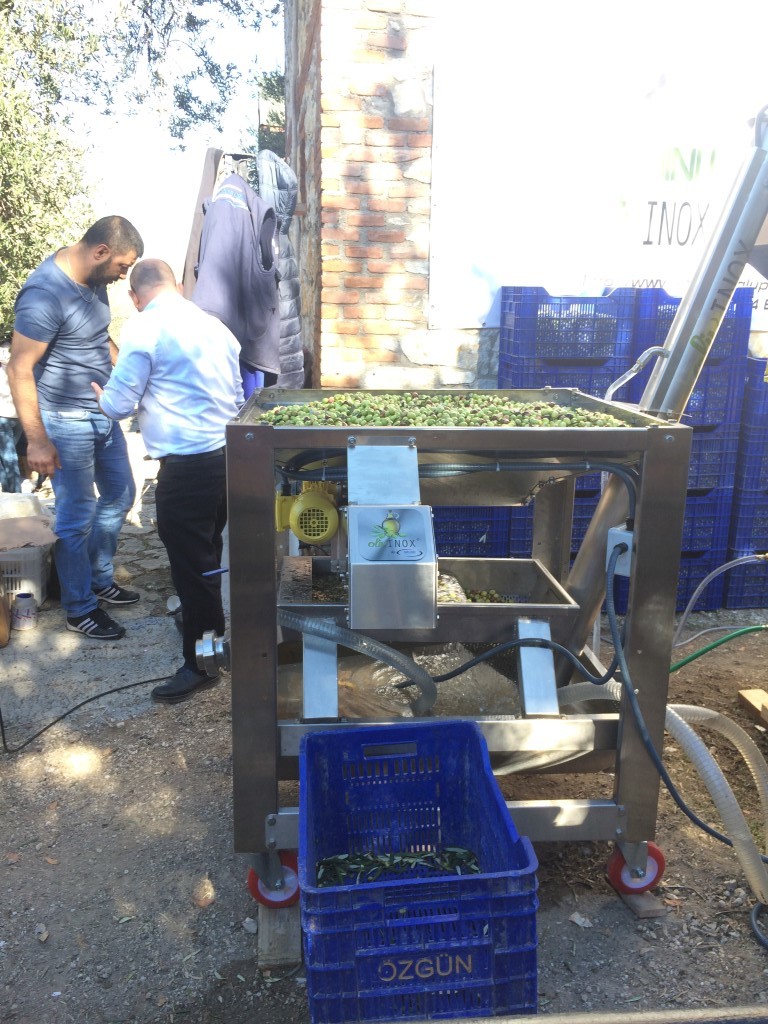
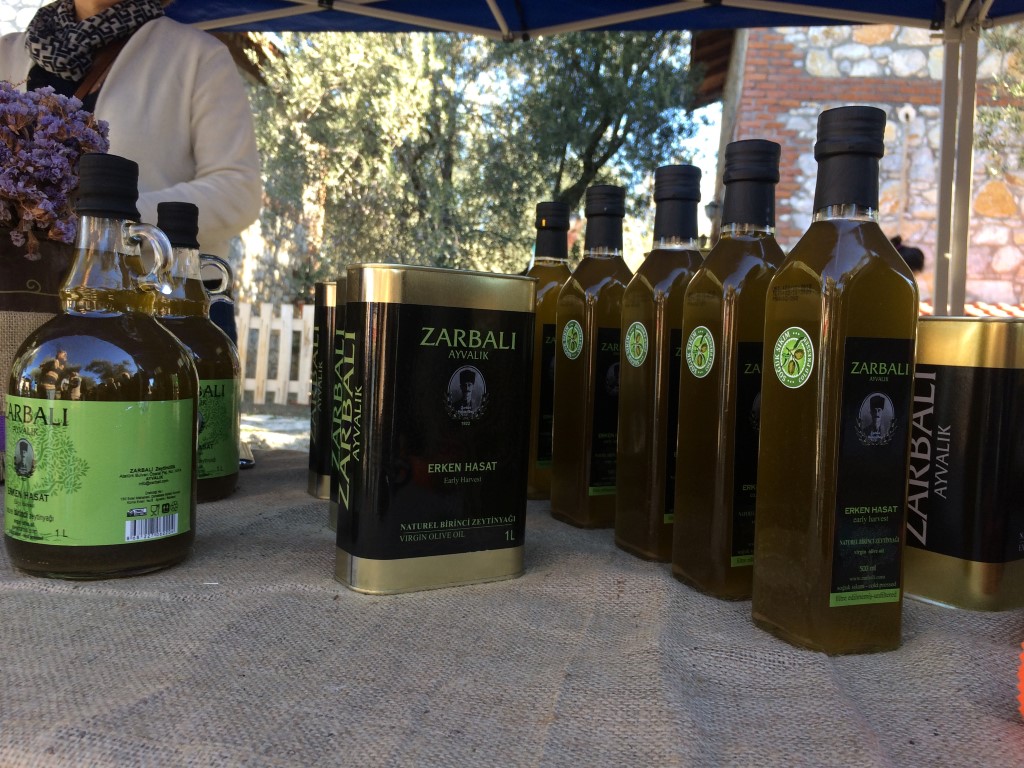


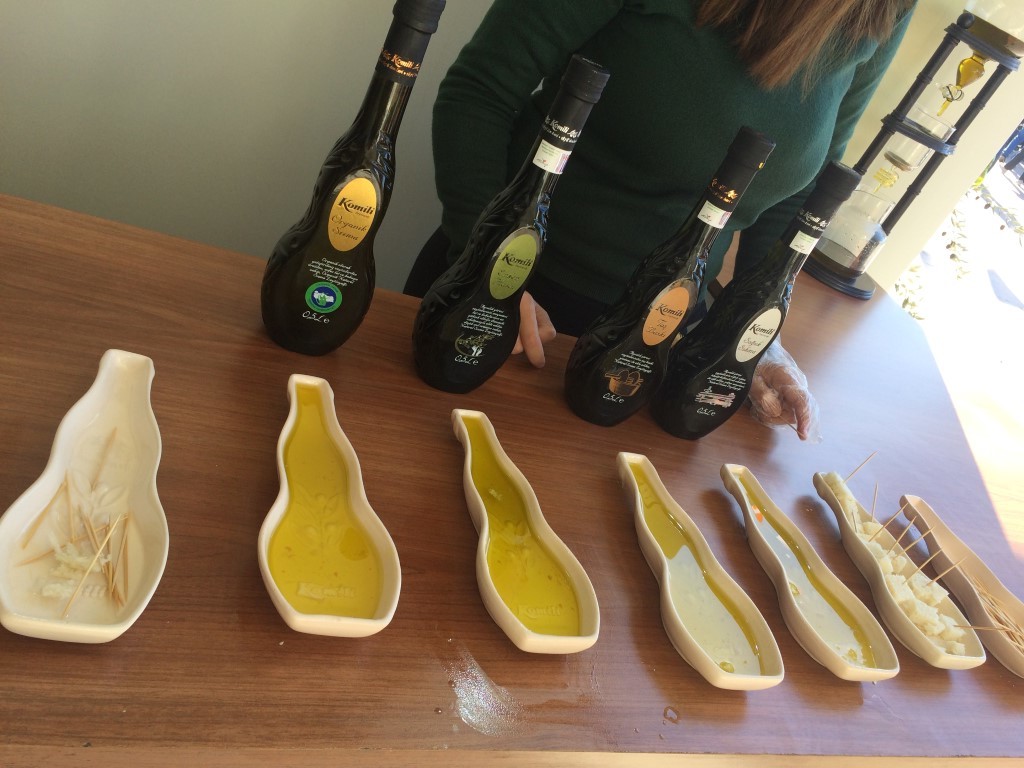



İletişim/Ulaşım
Adres: Fevzipaşa Mah. Eski PTT Sok. Ayvalık - Balıkesir
Telefon: +90266 312 15 17

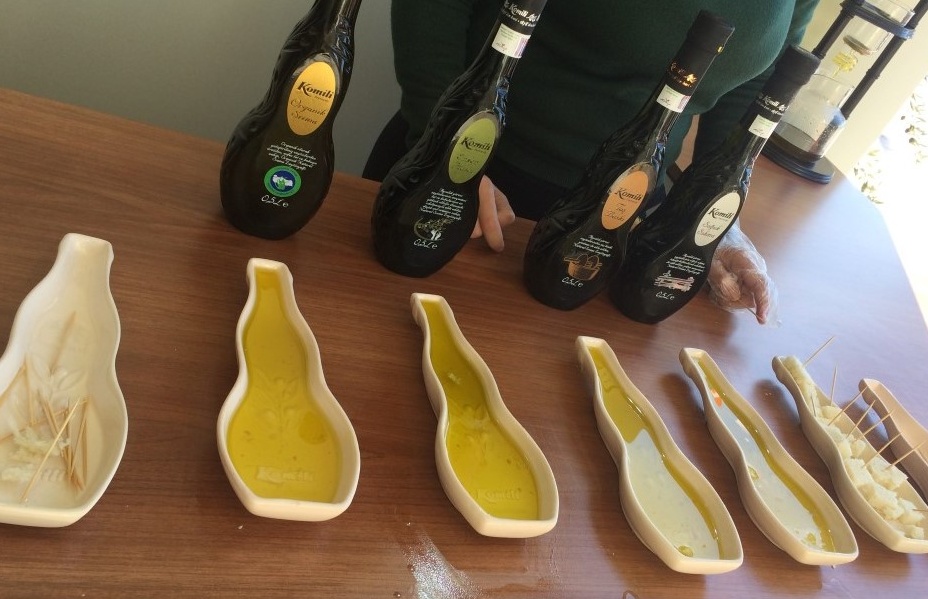
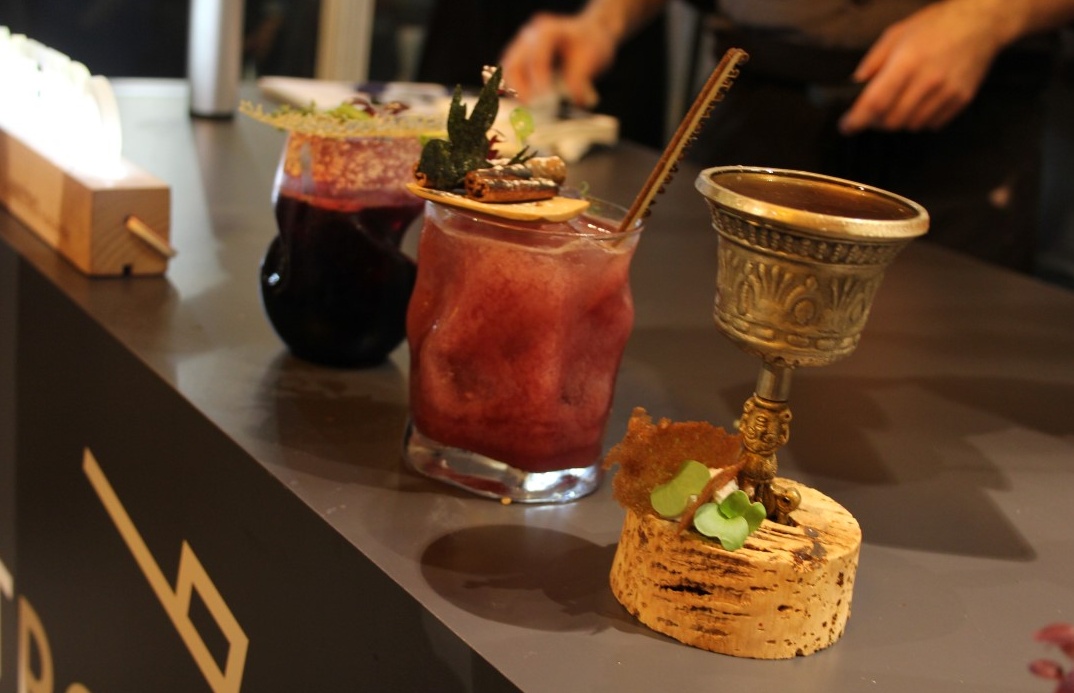
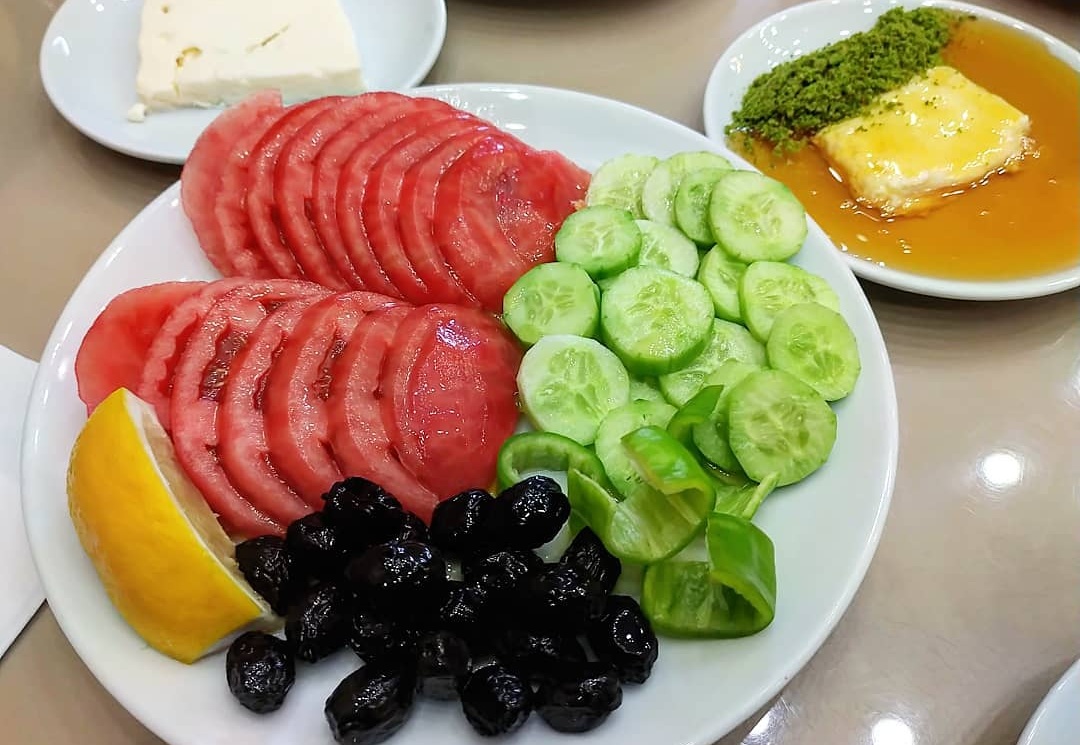


.jpg)
_cropped_(1).jpg)
.jpg)
_2_(300-180).jpg)
.jpg)
.jpg)
_cropped_(1).jpg)
_cropped_(1).jpg)
.jpg)
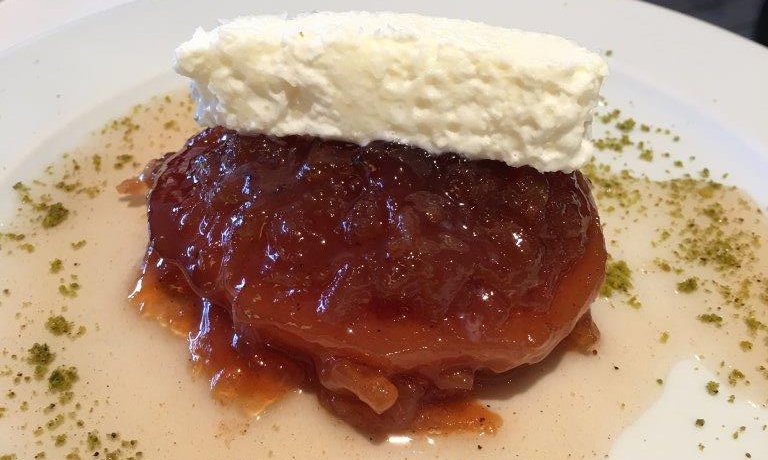
.jpg)
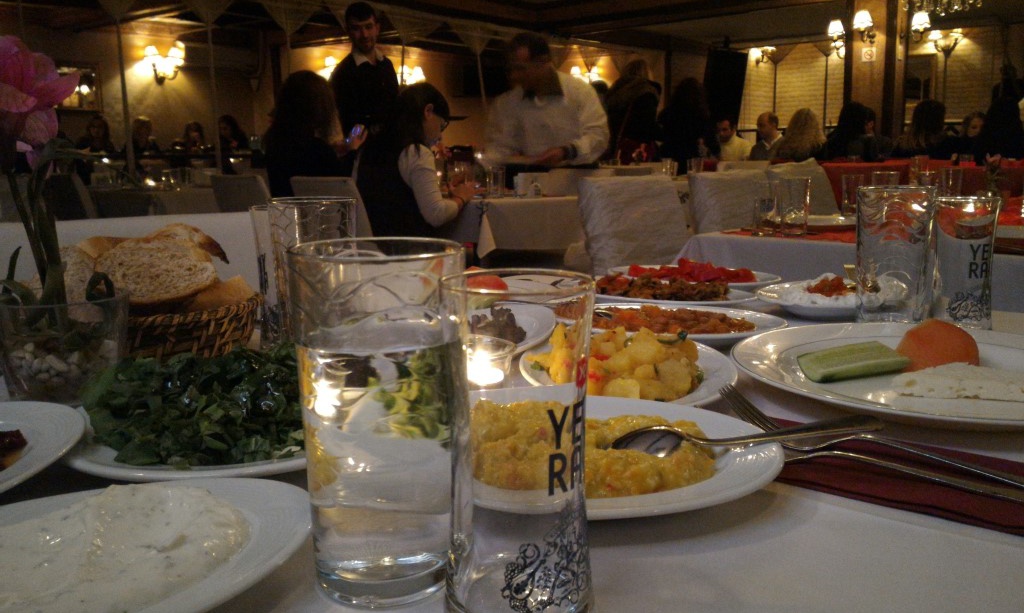
.jpg)
.jpg)
.jpg)
.jpg)
.jpg)
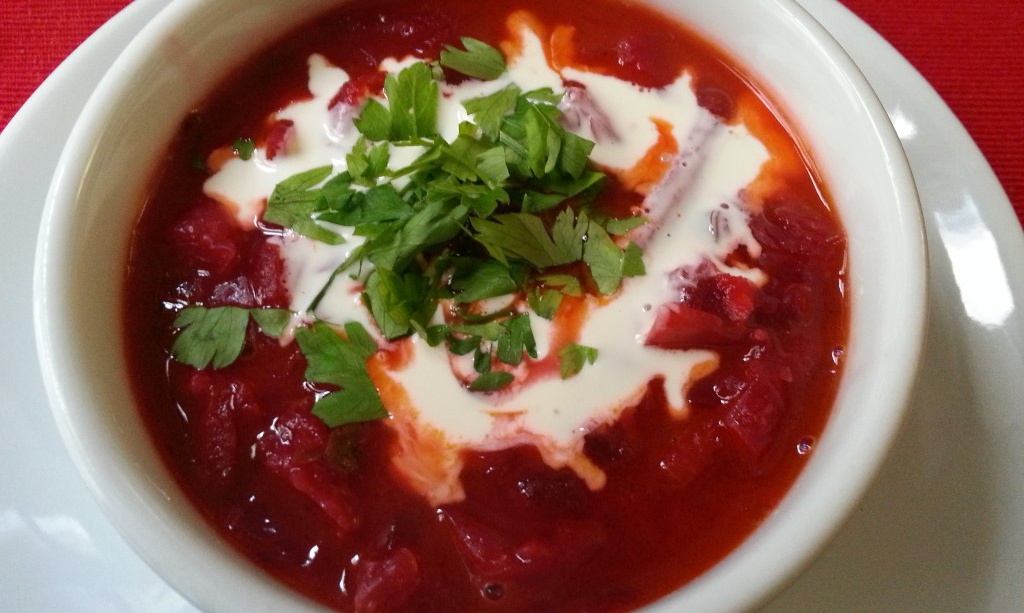
.jpg)
.jpg)
.jpg)
.jpg)
.jpg)
.jpg)
.jpg)
.jpg)
.jpg)
.jpg)
.jpg)
.jpg)
.jpg)
.jpg)
